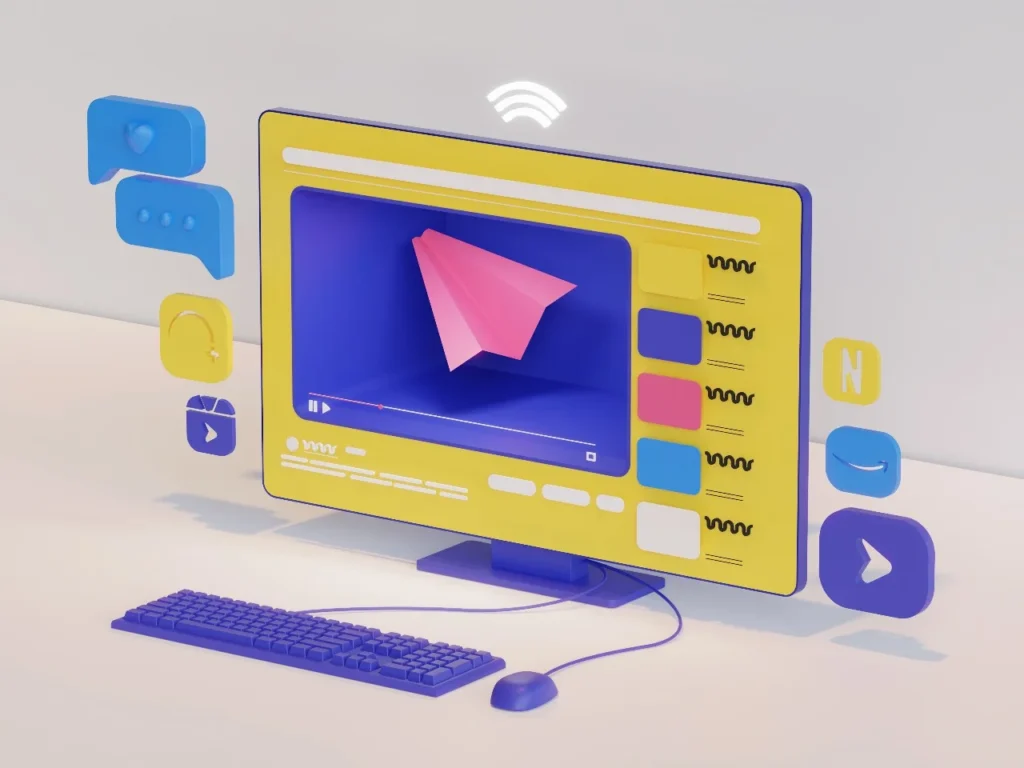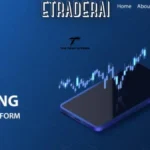The line between blockbuster films and AAA games has never been finer, fueled by a relentless evolution in 3D rendering software and animation. Groundbreaking tools and techniques are redefining digital entertainment, enabling everything from hyper-realistic characters to deeply stylized worlds.
This article explores the key tools and trends shaping the future of 3D animation for both film and gaming.
The New Standard: Real-Time Realism
The quest for photorealism has reached an inflection point, driven largely by the power of real-time rendering.
- Real-Time Rendering: Game engines like Unreal Engine 5 are at the forefront with revolutionary features. Lumen provides fully dynamic global illumination, while Nanite allows for film-quality geometric detail to be rendered in real-time without significant performance cost.
- The Ray Tracing Revolution: Once reserved for offline film rendering, ray tracing is now a real-time staple. By simulating the physical path of light, it delivers incredibly accurate reflections, shadows, and lighting, grounding digital worlds in reality.
- Digital Humans: Realism extends to characters through advanced 3D scanning and performance capture technology. These tools translate every nuance of an actor’s performance onto their digital counterparts, creating characters that are not just visually convincing but emotionally resonant.
Don’t stop discovering — another related post awaits you!
Smarter Workflows: AI and Collaboration
Efficiency is being supercharged by artificial intelligence and cloud-based platforms, which augment artists’ abilities and foster global teamwork.
- AI as a Creative Partner: AI tools assist in generating motion, automating rigging, and creating procedural environments. This allows animators to focus on high-level artistic performance, creating a synergy that leads to hybrid animation techniques, where procedural precision is guided by hand-crafted artistry.
- The Power of the Cloud: Production is no longer confined to a single studio. Collaborative cloud tools are now essential for asset management, version control, and rendering, enabling teams worldwide to work seamlessly on massive projects.
Expanding Canvases: New Aesthetics and Accessible Tools
Alongside the push for realism, a parallel movement is exploring artistic expression through stylized visuals and immersive platforms, supported by increasingly accessible software.
- The Resurgence of Stylized Art: In a sea of realism, stylized aesthetics are thriving. Artists are using modern 3D rendering software and animation to create unique low-poly, hand-painted, and cel-shaded visuals, proving that technology serves any artistic vision.
- Democratization of High-End Tools: The barrier to entry for quality 3D production has fallen. Powerful free software like Blender, accessible game engines, and specialized tools like Epic’s MetaHuman Creator empower smaller studios and individual artists to achieve stunning results.
- Building for Immersive Realities: The growth of Virtual and Augmented Reality (VR/AR) necessitates dedicated pipelines. These workflows are optimized for performance and immersion, focusing on efficient asset rendering in a 360-degree space.
Advice for the Modern Animator: Navigating the Future
Success in today’s 3D animation industry hinges on a combination of foundational skills and adaptability. A deep understanding of animation principles, composition, and storytelling is more valuable than proficiency in any single tool. Whether it’s character performance, visual effects, or real-time rendering, honing a specific skill set will make you an invaluable asset. Be sure to embrace change and stay curious. The tools will continue to evolve, but by combining a strong artistic foundation with a willingness to adapt, you can build a successful and fulfilling career in this dynamic field.
Dive deeper into knowledge — explore more articles now at The Tipsy Gypsies!






